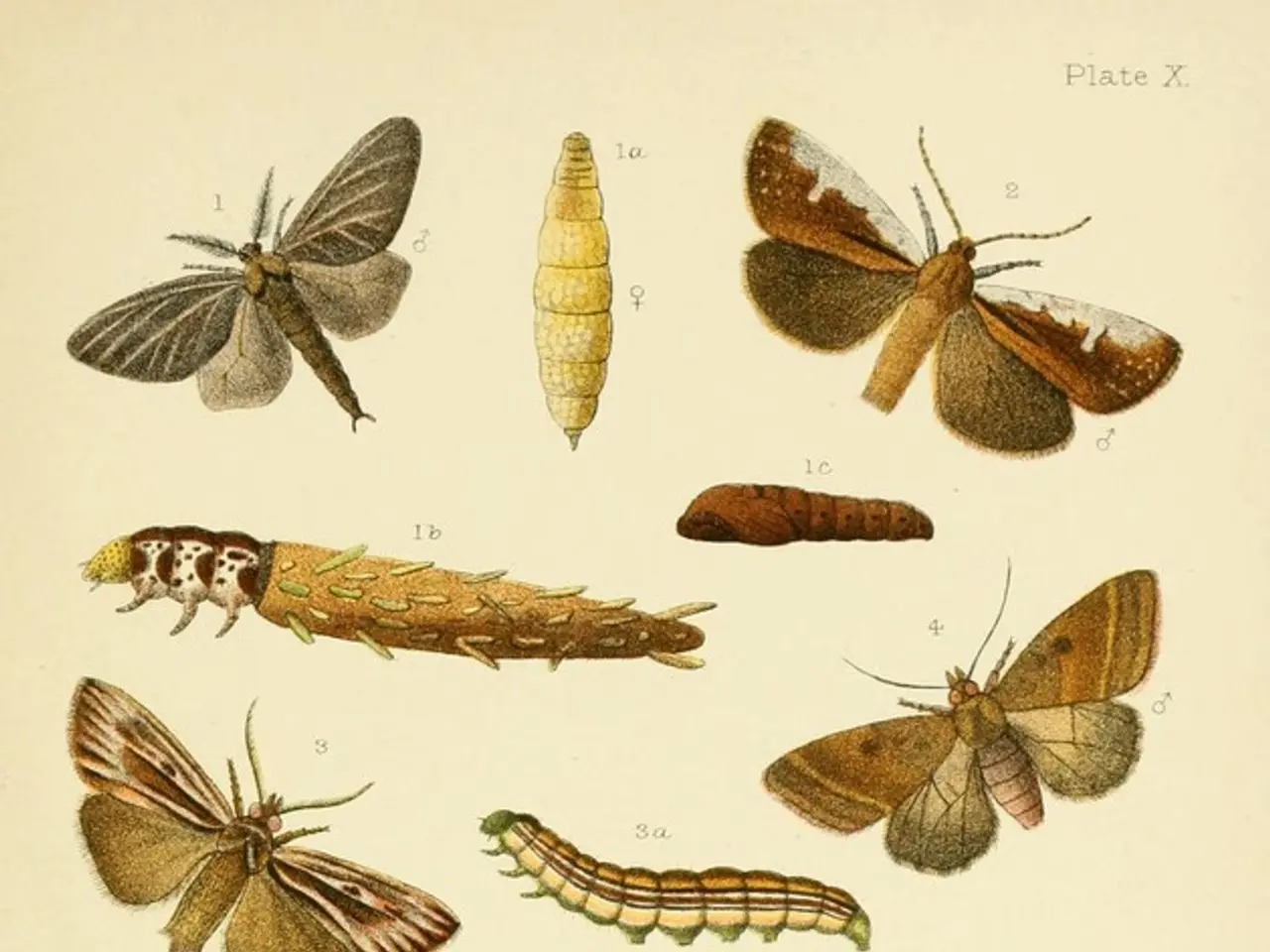Henrietta Lacks' HeLa Cells: A Medical Milestone and Ethical Dilemma
In 1951, Henrietta Lacks' cells were taken without her consent, leading to a groundbreaking discovery in culture technology. Her cells, known as HeLa cells, have since become the first human cells to survive in culture for an extended period and have been widely used in research.
HeLa cells, derived from a malignant tumor in Lacks' uterus, have proven remarkably resistant and almost immortal, with an unlimited lifespan and reproductive capacity. They have been cultivated extensively in labs, with their total mass exceeding the body weight of the donor by over a hundred times. These cells have been instrumental in numerous cancer studies and have contributed to various research projects and discoveries. Despite their widespread use and the profits generated from selling the cell line, neither Lacks nor her family were informed or compensated for the use of her cells.
HeLa cells, first cultivated in the mid-20th century, have played a pivotal role in medical research and advancements. However, the ethical implications of their origin and the lack of consent and compensation for the donor and her family have sparked ongoing debates and discussions in the scientific community.
Read also:
- Hospital's Enhancement of Outpatient Services Alleviates Emergency Department Strain
- Increased Chikungunya infections in UK travelers prompt mosquito bite caution
- Kazakhstan's Deputy Prime Minister holds discussions on the prevailing circumstances in Almaty
- In the state, Kaiser Permanente boasts the top-ranked health insurance program






